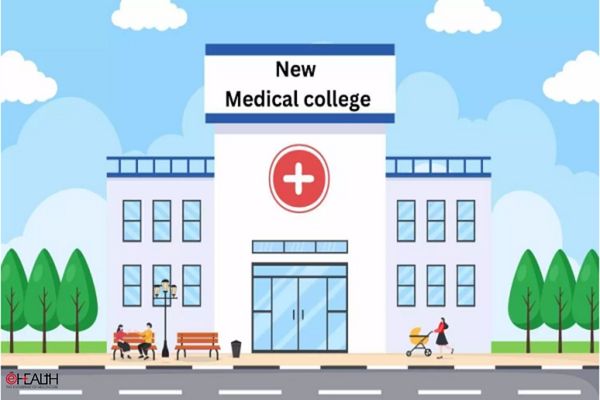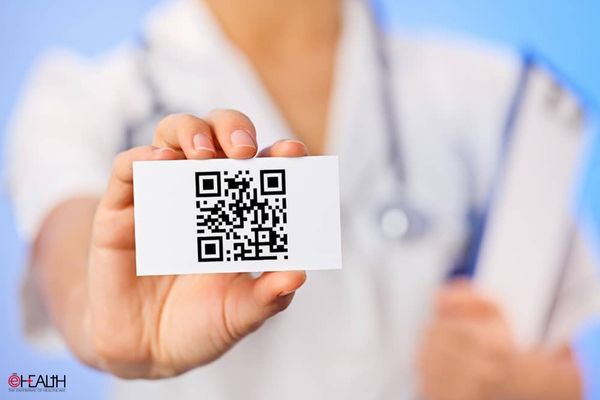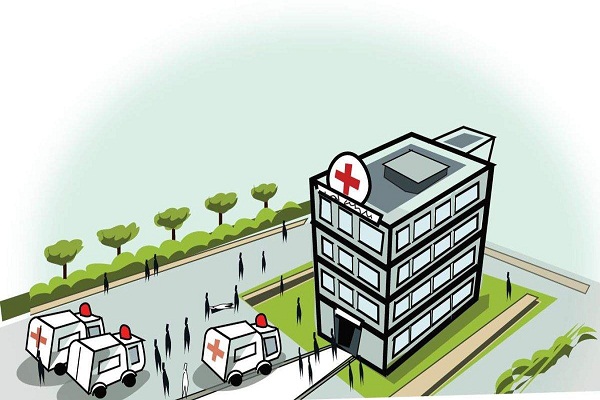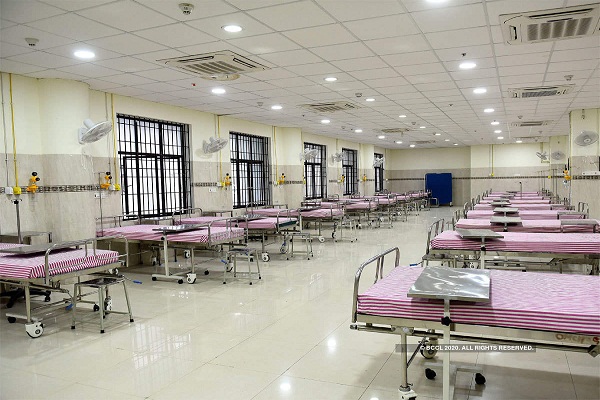A doctor at a nurses station, at busy Metropolitan Methodist Hospital pauses to check the Caller ID on his incessantly ringing cell phone. Then he uses a high-tech device called an electronic prescription pad to order antibiotics for a patient’s infection. A computer suggests a safer choice when on the screen, a pop-up window warns that the patient has a drug allergy. In another instance a nurse distributes medication from a cart topped with a laptop computer and a hand-held bar code scanner, by initially scanning the bar code label on the dose of medicine and then the bar code on a patient’s hospital bracelet. The laptop informs her she’s giving the patient the prescribed dose. The above mentioned systems were designed to avoid mistakes that may occur in a hospital, on the doctor’s prescription pad or during the rounds taken by the nurse for medication.

It has been suggested by certain researches that hospitals using both systems (manual and technological) could eliminate most medication errors, innocent mistakes that can cause grievous injury to some patients and kill others outright. But only a few hospitals use the new technology. Only 17% of US hospitals us the electronic prescription pad, suggested a recent survey, more formally known as the computerized provider order entry system, or CPOE. Other surveys have found even fewer hospitals use bar coding. According to certain published estimates, a computerized entry system can cost a major hospital upward of $11 million, implying that cost is a major factor. In addition, experts say hospitals have had other reasons as well to drag their feet. For example, the Hospital Corporation of America, the nation’s largest private health care chain, uses bar coding in all of its 163 hospitals. CPOE, the more expensive technology, is used in about 20, including Metropolitan Methodist. But that system is still voluntary for physicians, and only a handful of the hospital’s doctors use it. The rest continue to scribble on paper, putting patients at risk of misread prescriptions. There is an ongoing debate, in addition, in the profession about whether the new systems do more harm than good. When Children’s Hospital of Pittsburgh launched its computerized provider order entry system in 2001, the death rate actually rose for five months. It was blamed by the critics on the poorly designed software. The VA is the largest health care system in the nation. with 153 hospitals and 919 clinics. Although the system is roiled by other problems and scandals, patient safety groups praise the VA for its efforts to reduce errors, including such regimens as the presurgery time-out to verify the patient’s identity. The VA also leads the country in the use of computerized provider order entry and bar coding, and it pioneered the idea of disclosing errors to patients.
Be a part of Elets Collaborative Initiatives. Join Us for Upcoming Events and explore business opportunities. Like us on Facebook , connect with us on LinkedIn and follow us on Twitter , Instagram.












